Ever wondered what it feels like to play hide-and-seek with a ghost? That’s the everyday reality for wildlife photographers chasing the world’s most elusive big cats. These mysterious felines are masters of camouflage, stealthy wanderers, and the ultimate champions at dodging the camera lens. If you’ve ever dreamed of catching a glimpse of these rare beauties, get ready for a visual adventure—here are six big cat subspecies that seem to vanish right before your eyes.
Siberian Tiger: The Phantom of the Taiga

Siberian tigers, also known as Amur tigers, roam the frozen forests of eastern Russia and parts of China. Their thick striped coats help them blend perfectly into the snowy, shadowy landscape. With territories that can span up to 1,000 square miles, these massive cats are rarely seen twice in the same place. Their acute hearing and cautious personalities make them almost invisible to human eyes. Photographers might spend weeks in subzero temperatures, only to find huge paw prints and nothing more. Imagine trying to find a single orange leaf in a forest of white trees—now you know what it’s like to search for a Siberian tiger.
Snow Leopard: The Ghost of the Mountains
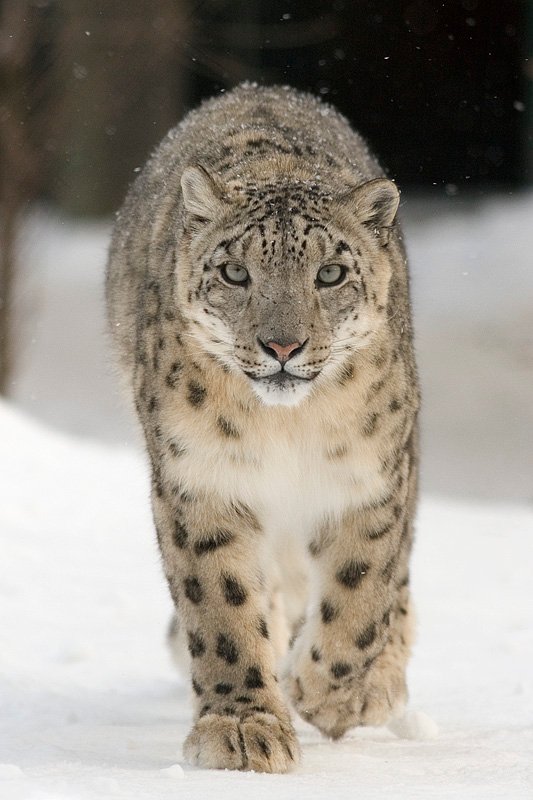
The snow leopard’s nickname says it all: “The Ghost of the Mountains.” Living high above the clouds in the Himalayas and Central Asia, these cats are built for stealth. Their smoky-gray, spotted fur is the perfect disguise among rocky cliffs and snow patches. They move silently, often leaping across huge chasms with ease. Most people—locals included—have never seen one in the wild. Even seasoned photographers describe the experience as a once-in-a-lifetime miracle. It’s almost as if the snow leopard knows exactly when you’re about to press the shutter and decides to vanish.
Sunda Clouded Leopard: The Tree-Top Ninja

Deep in the tangled rainforests of Borneo and Sumatra lives the Sunda clouded leopard, a cat so elusive it was only recognized as a unique subspecies in 2006. With a tail nearly as long as its body and cloud-like spots, this feline moves through the trees like a shadow. It’s a true ninja—silent, secretive, and almost never on the forest floor. Night-vision cameras sometimes catch a fleeting glimpse, but daytime sightings are almost unheard of. Tracking this feline is like trying to follow a whisper through a jungle: you know it’s there, but it’s gone before you look up.
Anatolian Leopard: The Vanishing Legend

Many people believed the Anatolian leopard had disappeared forever—until a handful of confirmed sightings in Turkey brought hope back to conservationists. This subspecies is so rarely documented that some experts called it a “ghost species.” Living in remote, rugged mountains, the Anatolian leopard is mostly nocturnal and incredibly wary of humans. Even locals see them as legends—mysterious, powerful, and nearly invisible. Trying to photograph one is like waiting for a shooting star on a cloudy night; you might be in the right place, but luck is everything.
Indochinese Tiger: The Forest Shadow

Indochinese tigers prowl the dense jungles of Southeast Asia, slipping through bamboo thickets and tangled vines. Their numbers have plummeted due to habitat loss and poaching, making them heartbreakingly rare. Even motion-sensor cameras sometimes miss these cats, who move with ghost-like silence. Local myths often describe them as spirits, and it’s easy to see why—they leave behind only a rustle, a track, or a distant roar. For photographers, finding one is less about skill and more about being in the right place at the right split second.
South China Tiger: The Lost Stripes

The South China tiger is sometimes called the world’s rarest tiger, and for a good reason—it hasn’t been confirmed in the wild for decades. Some still hope a few survive deep in China’s forests, but sightings are so rare they border on mythical. Conservationists compare the search for this tiger to looking for a needle in a haystack—if the haystack was the size of a small country. Its shy nature and dwindling numbers make it nearly impossible to photograph outside captivity. Every reported sighting feels like a message from a long-lost friend.
The Art of Blending In

What makes these cats so hard to snap? Their coats are masterpieces of camouflage, perfectly designed to melt into grass, snow, or jungle. Some spots break up their outline, while stripes mimic the play of shadows. It’s nature’s version of an invisibility cloak. Even the most advanced cameras can’t compete with millions of years of evolution. If you’ve ever played hide-and-seek in a field, you’ll know the thrill and frustration of searching for someone determined not to be found.
Masters of Stealth
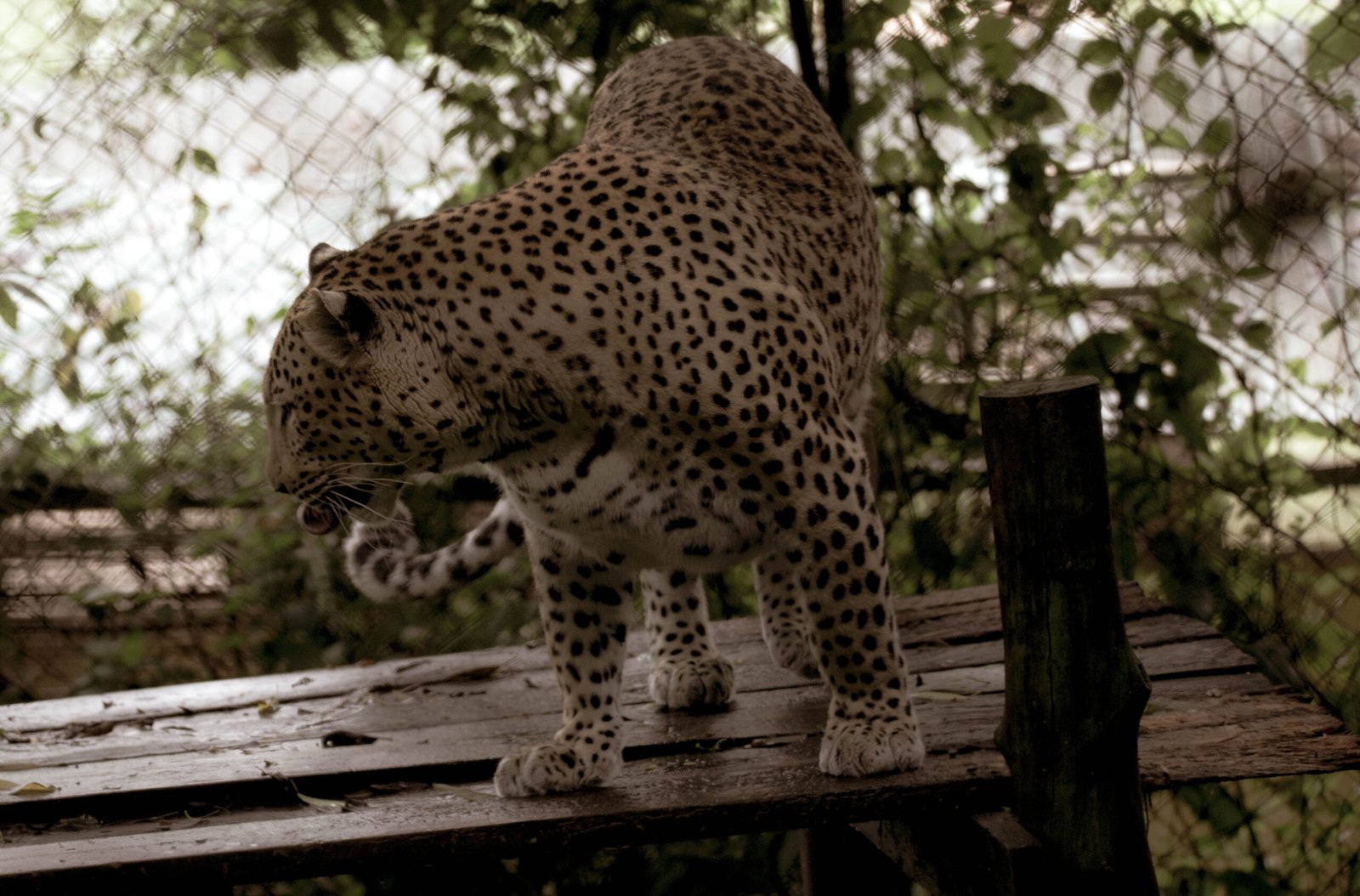
These big cats move with the grace of ballet dancers and the silence of falling snow. Their padded paws let them stalk prey—and avoid humans—without making a sound. Some, like the snow leopard, can leap over 30 feet in a single bound, vanishing over cliffs before you realize they were there. Others, like the clouded leopard, slip through trees like a breeze. It’s not just about hiding; it’s about moving in a way that leaves no trace.
Nocturnal Wanderers
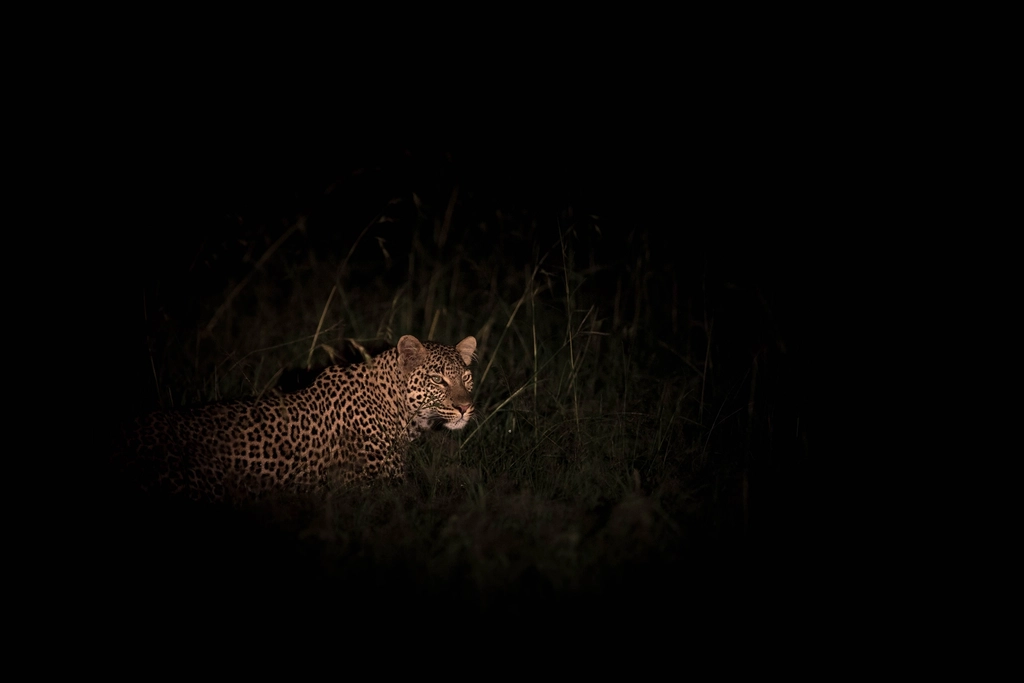
Many of these elusive cats are creatures of the night. When the sun goes down, they come alive, hunting, exploring, and patrolling their territories. Photographers hoping for a daylight shot are often disappointed—most sightings happen in the deepest shadows or under a full moon. Night-vision and infrared cameras have become essential tools, but nothing beats the thrill of a real-life encounter, however brief.
Wide Ranging, Low Density

Unlike lions, which gather in social prides, these cats are lone wanderers. They need vast territories, sometimes stretching hundreds of square miles. That means there are very few cats per square mile—if that. Imagine looking for a single drop of ink in a giant swimming pool. The chances of crossing paths are slim, and the cats seem to know it.
Shy by Nature
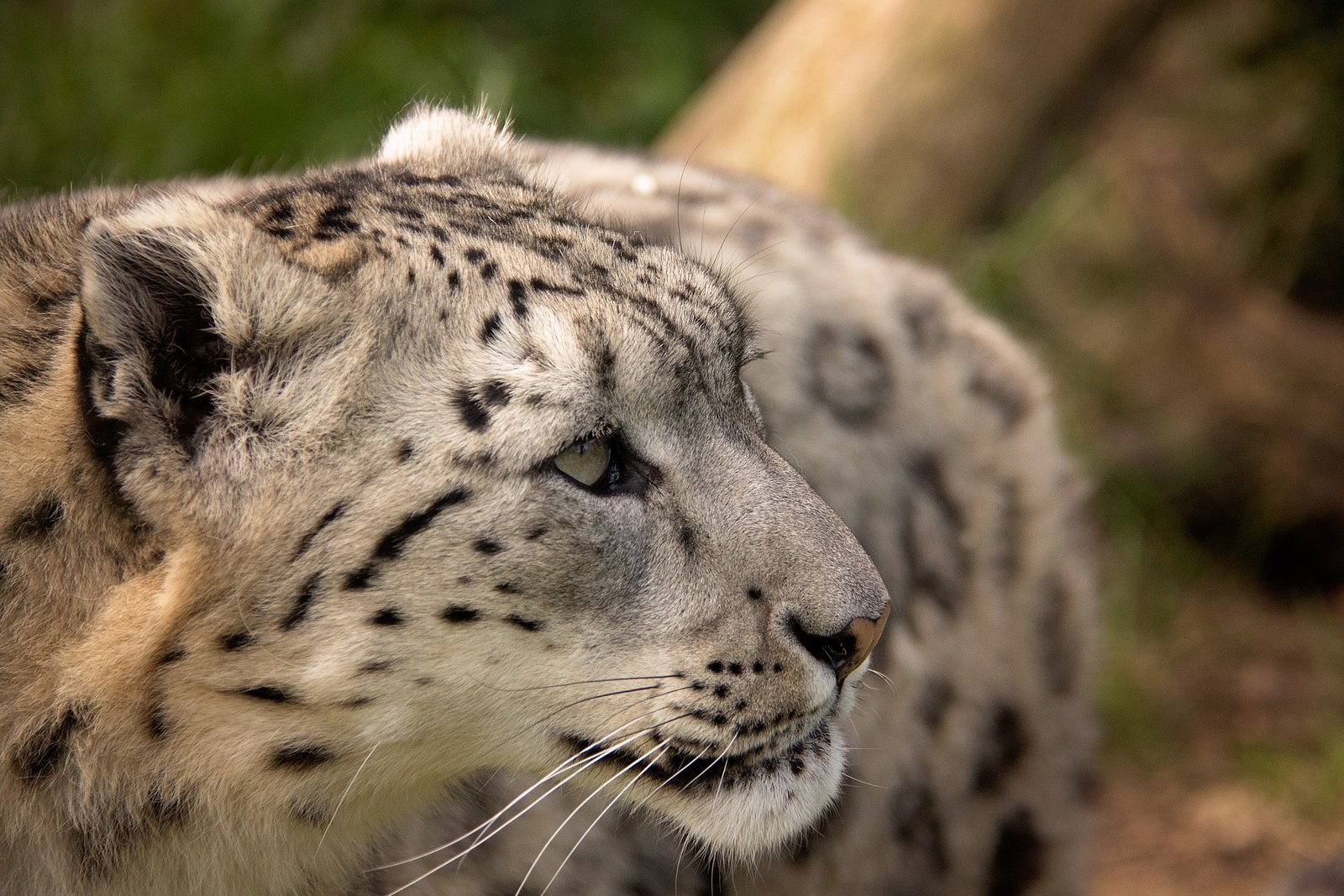
Centuries of avoiding humans have made these big cats incredibly cautious. They have sharp senses and often detect people long before we’re aware of them. In areas where they face hunting or persecution, they become even more secretive. It’s like they have an extra sense for danger, slipping away before you’re even close. Their survival depends on staying unseen.
Legends and Myths
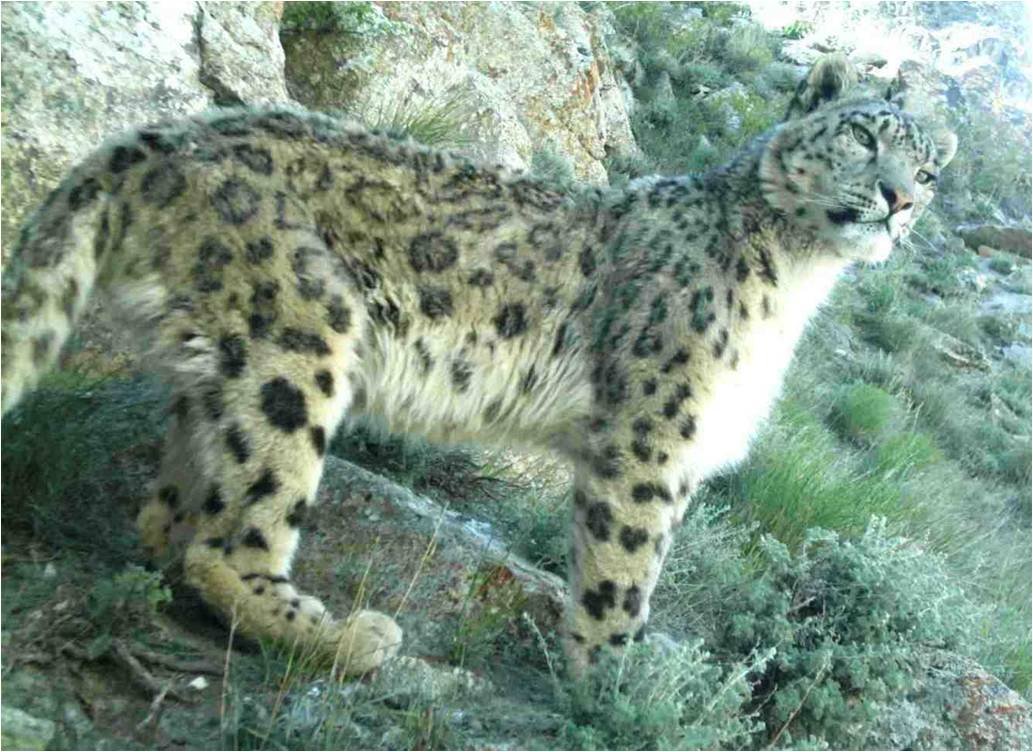
These rare cats have inspired countless stories, from ancient folklore to modern-day mysteries. In some cultures, they’re seen as guardians of the forest; in others, as omens or spirits. The Anatolian leopard, for example, is woven into Turkish legends as a symbol of power and grace. Their elusiveness only adds to the sense of magic and wonder that surrounds them.
Camera Trap Surprises

With traditional photography nearly impossible, researchers turn to camera traps—motion-activated cameras hidden in key spots. Sometimes, after weeks or months, these devices capture a single ghostly image. Each photo is a treasure, proof that these cats still roam wild. It’s a high-tech game of patience and luck, and every success feels like winning the lottery.
Environmental Challenges

Dense jungles, snowy mountains, and remote forests aren’t just home turf for these cats—they’re major obstacles for humans, too. Rugged terrain, biting cold, and thick foliage make it tough to even reach their habitats. Photographers often trek for days, carrying heavy gear, just for the chance at a glimpse. It’s a test of endurance and determination.
Paws, Prints, and Tracks

Often, the only sign these cats leave behind is a paw print in the mud or snow. Researchers and photographers become expert trackers, reading the ground like a diary. A fresh print can set hearts racing—it means the cat is close, but never guarantees a sighting. It’s a game of clues, hope, and wild imagination.
Unpredictable Behavior
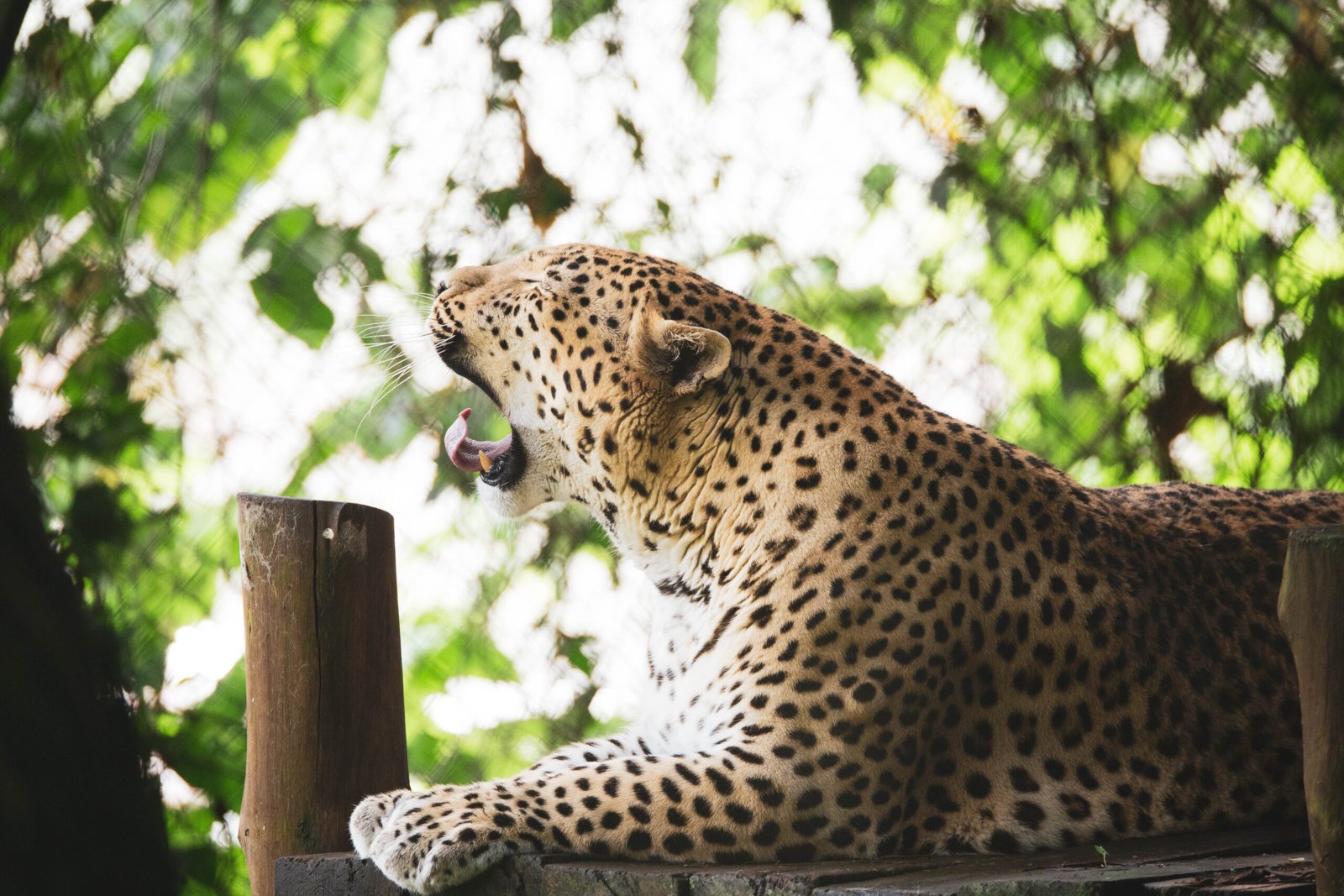
These cats don’t follow a schedule. Some may stay in one area for weeks, then vanish overnight. Others travel huge distances in search of food or mates. Their unpredictable movements make planning a photo mission nearly impossible. Even with the best research and tracking, nature always has the final say.
Changing Seasons

The best time to spot some of these cats is tied to the seasons—when food is plentiful or when snow reveals tracks. But just as you get close, a sudden snowstorm or heavy rain can erase all evidence. The environment is always shifting, and so are the cats’ routines.
Conservation Efforts

Ironically, increased protection can make these cats even harder to find. Strict anti-poaching patrols and limited human access mean fewer opportunities for encounters. But every hidden cat is a small conservation victory, a sign that the wild still has secrets.
The Thrill of the Chase

For many photographers, the challenge is part of the appeal. There’s an adrenaline rush in knowing you’re searching for something almost no one else has seen. Each failed attempt only makes the dream of that perfect shot more exciting. It’s not just about the photo—it’s about the story behind it.
Human Impact

Habitat loss, hunting, and climate change have pushed these cats even deeper into hiding. As their world shrinks, they become even more wary of people. Every rare image is a stark reminder of what’s at stake, and why protecting these habitats matters.
Rare Success Stories

Occasionally, a photographer gets lucky and captures a breathtaking shot. These images become iconic, sparking global awe and renewed efforts to save these species. They remind us that magic still exists in the wild, if only we’re patient enough to look for it.
Social Media Sensations

When a new photo of one of these elusive cats hits the internet, it spreads like wildfire. People from all over the world marvel at their beauty and mystery. These rare glimpses inspire curiosity and compassion, fueling support for conservation.
Family Life in Secret

Little is known about how these cats raise their young. Cubs are hidden in dens or thick brush, making family photos even rarer. Researchers dream of capturing tender moments—a mother grooming her cubs, playful siblings tumbling together—but such images are treasures beyond compare.
The Power of Mystery

Perhaps the greatest allure of these cats is what we don’t know. Their ability to remain unseen, to exist just beyond our reach, keeps our imaginations alive. They remind us that some corners of the world are still wild and unknown, waiting to surprise us.
Which of These Cats Would You Love to Meet?

If you could step into the wild and meet one of these secretive cats, which would you choose? Would you brave the snowy mountains for a glimpse of the snow leopard, or wander the shadowy jungles for a peek at the clouded leopard? Each cat is a living legend, a whisper of the wild that keeps us dreaming.

Suhail Ahmed is a passionate digital professional and nature enthusiast with over 8 years of experience in content strategy, SEO, web development, and digital operations. Alongside his freelance journey, Suhail actively contributes to nature and wildlife platforms like Feline Fam, where he channels his curiosity for the Feline into engaging, educational storytelling.
With a strong background in managing digital ecosystems — from ecommerce stores and WordPress websites to social media and automation — Suhail merges technical precision with creative insight. His content reflects a rare balance: SEO-friendly yet deeply human, data-informed yet emotionally resonant.
Driven by a love for discovery and storytelling, Suhail believes in using digital platforms to amplify causes that matter — especially those protecting Earth’s biodiversity and inspiring sustainable living. Whether he’s managing online projects or crafting wildlife content, his goal remains the same: to inform, inspire, and leave a positive digital footprint.






